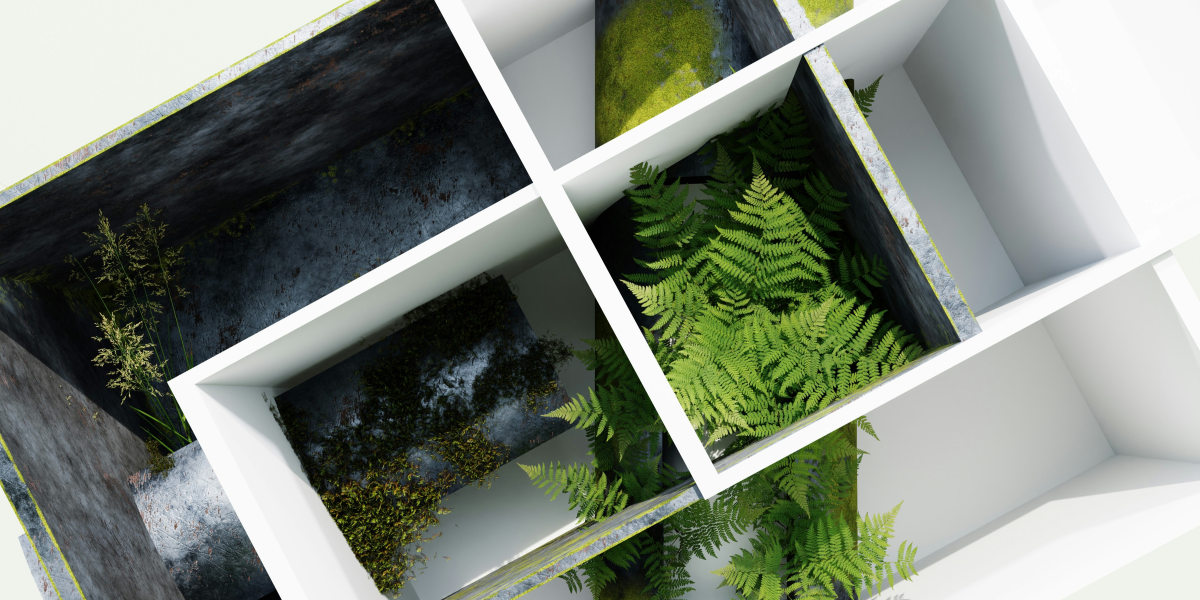As cities grow and urbanization accelerates, access to green spaces—parks, gardens, and natural areas—has become increasingly valuable. Urban green spaces provide residents with a place to relax, exercise, and connect with nature. Research shows that these areas benefit individuals’ physical and mental well-being while improving environmental quality and fostering a sense of community.
Environmental Benefits of Urban Green Spaces
Beyond personal health, urban green spaces positively impact the environment. Parks, trees, and gardens contribute to cleaner air, reduce the urban heat effect, and support biodiversity. These areas are essential in mitigating some of the environmental challenges faced by densely populated areas.
Improving Air Quality
Green spaces act as natural air filters, absorbing pollutants such as carbon dioxide, sulfur dioxide, and nitrogen dioxide while producing oxygen. Trees and plants in urban areas can trap dust, smoke, and other airborne particles, improving air quality and making cities healthier places to live. According to the U.S. Environmental Protection Agency (EPA), poor air quality contributes to respiratory issues like asthma, which disproportionately affects people in urban environments. By increasing green spaces, cities can improve air quality, providing cleaner and healthier air for residents.
Reducing Urban Heat
Cities tend to be hotter than rural areas due to the “urban heat island” effect, where concrete, asphalt, and buildings retain more heat than natural landscapes. Green spaces help cool urban areas by providing shade and promoting evapotranspiration, the process by which plants release moisture into the air. Studies have shown that neighborhoods with ample green space can be several degrees cooler than areas with minimal vegetation. This cooling effect is particularly important as temperatures continue to rise, helping to create more comfortable and livable urban environments.
Supporting Local Wildlife and Biodiversity
Urban green spaces create bird, insect, and other wildlife habitats, contributing to city biodiversity. Community gardens, small parks, and even rooftop green spaces attract pollinators such as bees and butterflies, which are essential for plant reproduction and food production. By supporting local wildlife, urban green spaces help maintain balanced ecosystems, which benefits both nature and residents. Residents can enhance these spaces by planting native species, better adapting to the local environment, and providing food and shelter for native animals.
Building a Stronger Sense of Community Through Green Spaces
Urban green spaces also serve as gathering places to connect, socialize, and build relationships. These areas provide opportunities for neighbors to engage in community activities, attend events, and volunteer, all of which contribute to a stronger sense of community and belonging.
Providing Venues for Community Events
Parks and gardens are ideal for public events, from farmer’s markets to outdoor movie nights. These gatherings encourage residents to interact, supporting a sense of unity and togetherness. Events like clean-up days, tree-planting initiatives, or outdoor fitness classes foster community spirit and help residents feel more invested in their neighborhood. Studies indicate that people who engage with their communities are more likely to participate in civic activities and contribute positively to local well-being, creating a ripple effect of goodwill and cooperation.
Encouraging Social Interaction and Reducing Isolation
Urban green spaces help reduce social isolation by providing welcoming environments for people to meet and interact. For seniors, people with disabilities, and those who may be less mobile, parks offer a safe, accessible space to enjoy fresh air and socialize with others. Many parks feature accessible pathways, benches, and shaded areas to ensure everyone can enjoy the space comfortably. Families with young children also benefit from green spaces, as parks often include playgrounds and open areas for children to play, fostering connections among families and creating a support network within the community.
Building a Stronger Sense of Community Through Green Spaces
Urban green spaces also serve as gathering places to connect, socialize, and build relationships. These areas provide opportunities for neighbors to engage in community activities, attend events, and volunteer, all of which contribute to a stronger sense of community and belonging.
Providing Venues for Community Events
Parks and gardens are ideal for public events, from farmer’s markets to outdoor movie nights. These gatherings encourage residents to interact, supporting a sense of unity and togetherness. Events like clean-up days, tree-planting initiatives, or outdoor fitness classes foster community spirit and help residents feel more invested in their neighborhood. Studies indicate that people who engage with their communities are more likely to participate in civic activities and contribute positively to local well-being, creating a ripple effect of goodwill and cooperation.
Encouraging Social Interaction and Reducing Isolation
Urban green spaces help reduce social isolation by providing welcoming environments for people to meet and interact. For seniors, people with disabilities, and those who may be less mobile, parks offer a safe, accessible space to enjoy fresh air and socialize with others. Many parks feature accessible pathways, benches, and shaded areas to ensure everyone can enjoy the space comfortably. Families with young children also benefit from green spaces, as parks often include playgrounds and open areas for children to play, fostering family connections and creating a support network within the community.
Published by: Khy Talara














